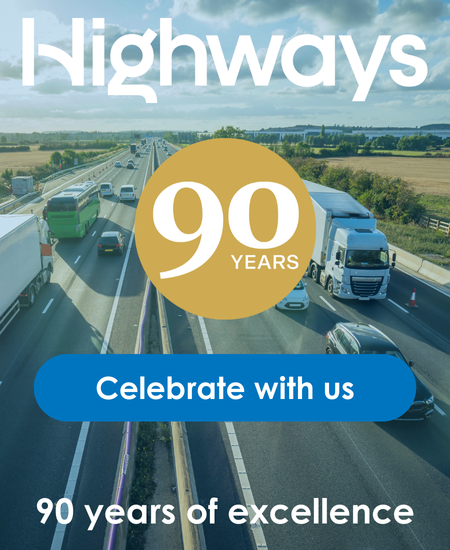Highways England has published its Innovation and Research Strategy, setting out its short, medium and long-term plans to accelerate change on its network.
The new strategy was launched at Traffex by the government-owned company’s acting CEO, Nick Harris, who said that it ‘will describe our ambitions for how we will develop the future road network and how we will work towards building Highways England as a centre of excellence for research and development'.
He told visitors to the online event: ‘By doing this, we are supporting the Government’s aspirations for the UK to be a world leader in research and new technology.’

The strategy is online at Highways England’s Innovation Hub. According to Highways England it sets out its key principles for innovation and research for Road Period 2 (RP2) and beyond and explains its vision for developing innovation and research, ‘aligning our investment behind bold ambitions’, and ‘explains how we will accelerate change’.
It set out Highways England’s research and innovation ambitions under five themes relating to its key challenges and functions:
- Design, construction and maintenance
- Connected and autonomous vehicles
- Customer mobility
- Energy and environment
- Operations
The strategy adds that these themes are interconnected and are not intended to be addressed in isolation. ‘We drive safety and sustainability principles across all five of our themes,’ it states.
It also sets out five challenges where we focus on driving bold and ambitious change:
- Net zero carbon by 2050
- Zero harm by 2040
- Cheaper, faster construction by 2030
- Connected journeys by 2035
- Enabling ambition - Research and innovation excellence across industry by 2025
The strategy also reveals that Highways England’s innovation portfolio will move towards a split of investment across short, medium and long term time horizons:
Of this, 70% is defined as short term: benefits to be realised during RP2 (2020-25) and early RP3 (2025-30); scaling up and piloting proven innovation; and ‘clearly aligned with our existing strategies and transformation plans’.
Another 20% will be medium term: benefits to be realised during RP3 and RP4 (2030-35); developing and testing new solutions to meet known or emerging challenges: ‘closely aligned with our existing role, our imperatives and longer term goals'.
The remaining 10% is defined as long term: benefits to be realised during RP4 and beyond; exploratory research into possible solutions to emerging trends; and ‘aligned with longer term aspirations and may explore innovations from other sectors’.
Content from Traffex and the the British Parking Association's Parkex is still available on demand online. Registration for both events is available here.





